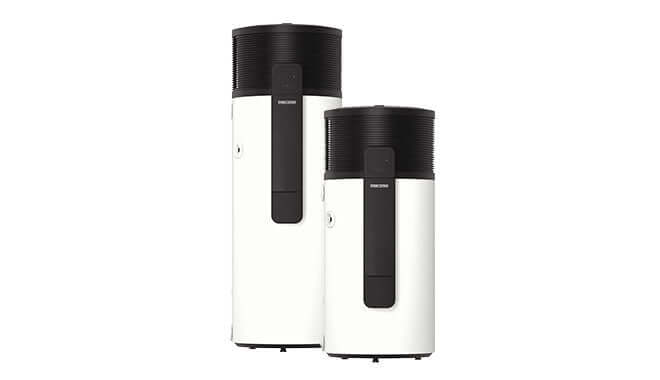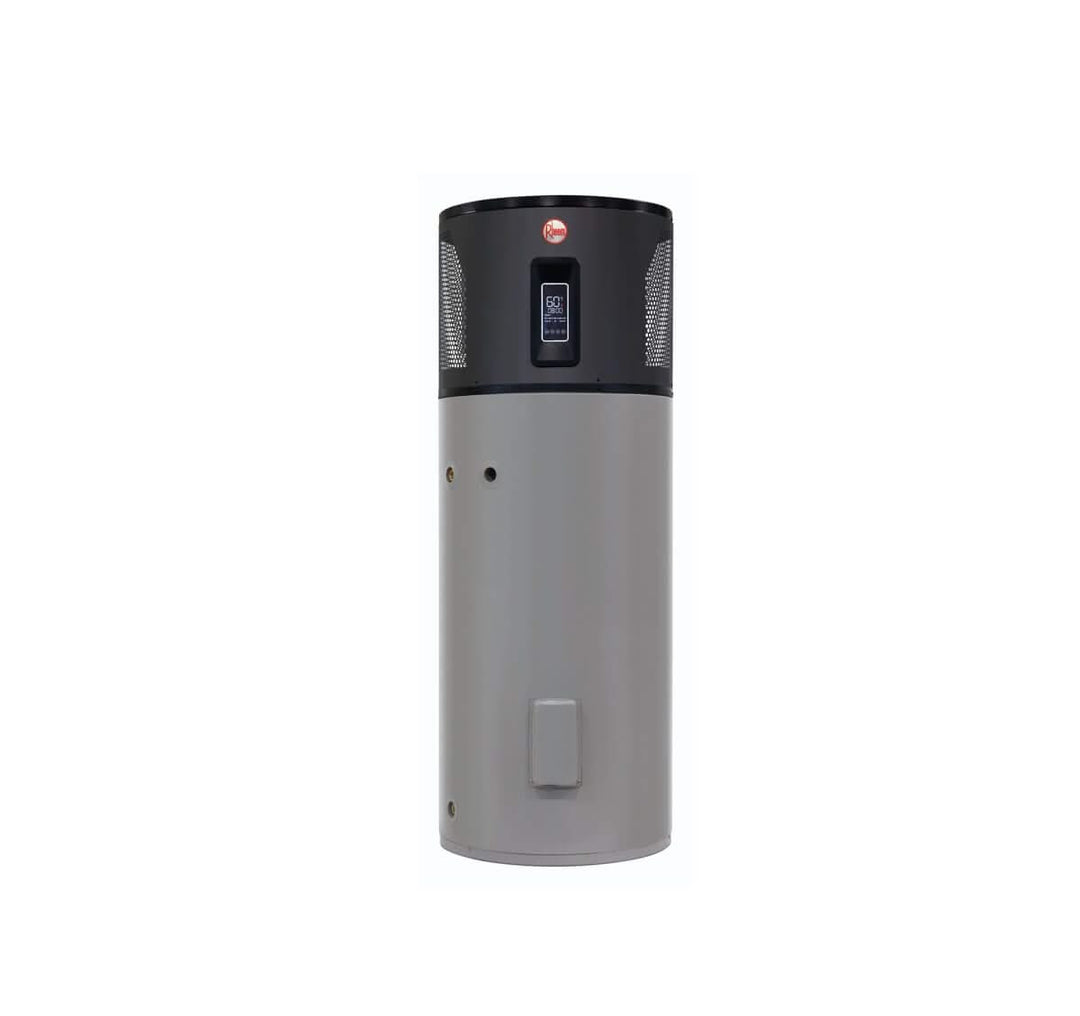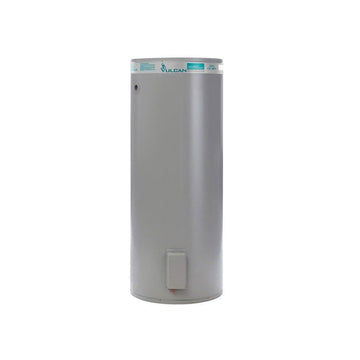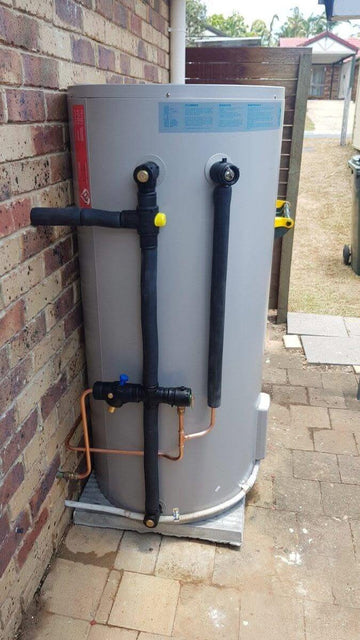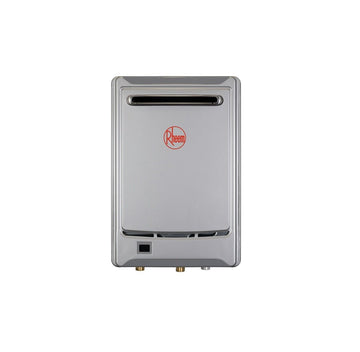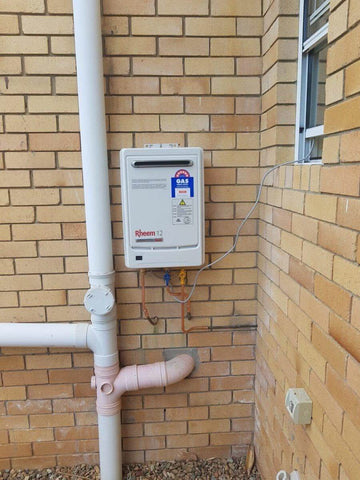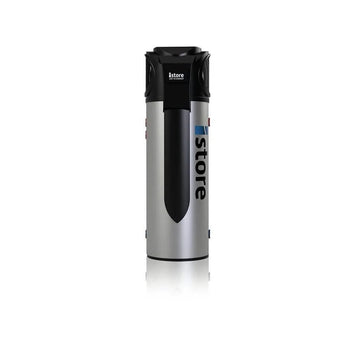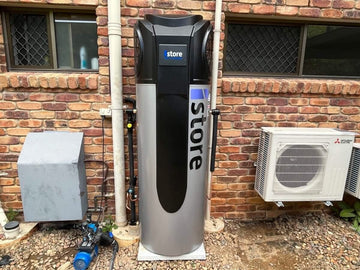How to Unblock a Toilet: 5 Easy Methods That Actually Work
Blocked toilet? Don’t panic! With the right technique, you can clear most clogs quickly—without calling in the pros. In this guide, we’ll walk you through 5 proven methods to get your toilet flushing smoothly again.
Need help fast? JR Gas & Water’s emergency plumbing services cover Brisbane and Gold Coast areas—because nobody wants a plumbing crisis hanging around!
🔧 1. Plunger Power: Your First Line of Defense
✅ Choose the Right Plunger
-
Use a flanged plunger (with a rubber flap) for a tight seal
-
Avoid flat-bottomed sink plungers—they don’t work on toilets
💪 How to Plunge Like a Pro
1️⃣ Insert the plunger to cover the drain hole completely
2️⃣ Start gently to release trapped air
3️⃣ Plunge vigorously 15–20 times
4️⃣ Add water if needed and repeat
💡 If the water level drops or gurgles—good news, you’re making progress!
♨️ 2. Hot Water Trick
Great for breaking up softer blockages caused by toilet paper or organic waste.
🔥 How to Use It
1️⃣ Heat a bucket of water (hot, not boiling)
2️⃣ Pour slowly into the toilet bowl from waist height
3️⃣ Let sit for 10–15 minutes
4️⃣ Flush to test results
💡 Add a squirt of dish soap before pouring for even better results.
🧪 3. Baking Soda & Vinegar Magic
A natural, eco-friendly solution for mild blockages and odor control.
🧼 Steps:
1️⃣ Add 1 cup baking soda into the bowl
2️⃣ Pour in 2 cups of vinegar and let fizz
3️⃣ Wait 30–60 minutes
4️⃣ Flush with hot water
🔁 Repeat or combine with plunging if needed.
🌀 4. DIY Drain Snake (Wire Hanger Hack)
For clogs deeper in the trap or drain line.
🛠️ Make a DIY Snake:
1️⃣ Unbend a coat hanger and form a small hook
2️⃣ Insert it gently into the drain
3️⃣ Twist and push to dislodge the clog
4️⃣ Flush to check success
⚠️ Go slow—metal can scratch porcelain if you’re not careful.
🛑 5. When to Call a Professional Plumber
If all else fails, or if symptoms point to something more serious, call in the experts.
🚨 Signs You Need a Plumber
✔️ Water backing up into other fixtures (shower, sink)
✔️ Gurgling sounds in nearby drains
✔️ Overflow without flushing
✔️ Suspected sewer line damage or tree root issues
Contact JR Gas & Water for urgent toilet and drain plumbing support in SEQ.
🛡️ Prevent Future Toilet Clogs
✔️ Only flush toilet paper and human waste
❌ No “flushable” wipes, tampons, or cotton products
🧼 Clean with baking soda & vinegar regularly
👧 Teach kids not to flush toys or strange objects
✅ Final Thoughts
Toilet clogs happen—but they don’t have to ruin your day. Start with a plunger, try hot water or baking soda and vinegar, and use a wire hanger for deeper clogs. And if nothing’s working? Call in the professionals—we’ve got you covered.
💡 A few simple habits can help you avoid repeat blockages and keep things flowing like they should!


